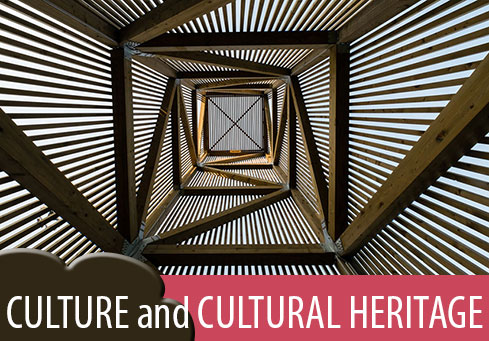Local Development Pilot Projects (LDPP) - Strandja Region, Bulgaria
Strandja is a region in south-eastern Bulgaria, along the Black Sea, on the border with Turkey, characterised by its abundance of cultural and natural heritage, where numerous traditions and customs, local know-how and skills have been preserved among the local population.
Cultural monuments from all historic periods testify to the importance of this region in the past as a strategic geographical location, a transport junction on the Balkan Peninsula. With abundant natural resources, such as the impressive deciduous forest complex, with a rich biodiversity, the region is probably the largest protected area in the whole of Bulgaria placed under the jurisdiction of the Natural Park Strandja as the most important actor for the territorial development of the territory. Complementary to the park, non-governmental organisations such as the Bulgarian Biodiversity Foundation and the Bulgarian Regional Tourism Association play an important role in the development of the Strandja territory which represents in economic and social terms the poorest and most underdeveloped region in Bulgaria. Their activities focus mainly on setting up a tourist infrastructure in a region with traditional manufacturing industries, significantly marked by traditional agriculture.
As the local population faces difficulties in finding jobs, starting new businesses, taking initiatives in the absence of incentives, and finding markets for their products and services, people are discouraged and move to the capital or abroad. Strategies and plans for territorial development drawn up at national, regional and local level remain sectorial and outline only the tourism development possibilities provided by cultural and natural heritage, which are not easily applicable in Strandja. The lack of dialogue and cooperation between different stakeholders, public authorities at all levels, NGOs, business and public sectors, in the territory represents an obstacle for a common approach to the development of the territory.
The Strandja Local Development Pilot Project aimed at tackling this missing dialogue and cooperation between the different stakeholders. The three municipalities involved (Malko Tarnovo, Sredets and Tsarevo) agreed on general objectives to be developed, which were supported by national institutions mobilised by the Ministry of Culture. After the management structures were established, local stakeholders met in working groups to discuss and define a common understanding of the characteristics and problems within the pilot territory. Conferences and seminars were organised for awareness-raising about the intangible cultural heritage, the folklore, in the pilot territory. Initiatives and activities by the local team implementing the Strandja LDPP gained the support and cooperation of professionals in universities, NGOs and regional branches of national Ministries. Although the local population could be mobilised through diverse activities, the dynamism among the local population remained very low to initiate a real bottom-up exercise of participative democracy. Local political changes interrupted the process and the lack of concrete results finally demotivated national institutions. The project was abandoned in 2012.
- Pilot region: Strandja
- Surface: 2450 km²
- Population: 31000



